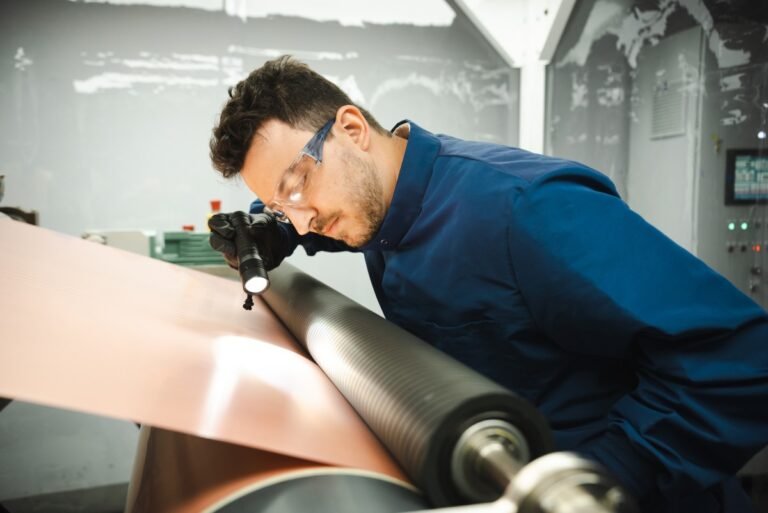Battery cells produced at Toyota’s future electric vehicle plant in North America will one day contain some Redwood Materials DNA.
The two companies announced Thursday that Redwood Materials will supply Toyota with cathode material and anode copper foil for battery cells produced at the automaker’s $13.9 billion plant in North Carolina that is slated to begin production in 2025. The deal is valuable for Redwood. But it’s also a win for Toyota, which now has a U.S. source for two critical components that account for most of a battery’s cost and are made entirely overseas.
While Redwood and Toyota did not disclose terms of the deal, it likely parallels a similar deal with Panasonic worth several billion dollars.
The agreement marks the expansion of a partnership between Redwood Materials and Toyota that was announced in June 2022. As part of this initial partnership, Redwood Materials agreed to refurbish or recycle batteries from Toyota’s hybrid and electric vehicles. For batteries that can’t be refurbished, Redwood extracts materials such as copper, lithium, cobalt and nickel, then remanufactures those materials into components that can be returned to Toyota for cell manufacturing.
The effort was announced as the first batch of Toyota Prius vehicles launched 20 years ago were taken off the road. And it will only grow. Toyota’s battery lifecycle ecosystem is envisioned to include the recycling, remanufacturing and reuse of nearly five million current modules, according to the automaker.
This latest deal upends the previous one – and the value – for Redwood materials, a lithium-ion battery and materials recycling startup founded by former Tesla CTO JB Straubel. Under a long-term agreement, Redwood will now supply active cathode material and copper foil produced at its US facility. The cathode materials supplied to Toyota at its North Carolina plant will include at least 20% recycled nickel, 20% recycled lithium and 50% recycled cobalt, as well as 100% recycled copper in the anode copper sheet.
Lithium-ion batteries contain three critical building blocks. There are two electrodes, an anode (negative) on one side and a cathode (positive) on the other. Typically, an electrolyte sits in the middle and acts as a messenger to move ions between the electrodes during charging and discharging. Cathode sheets, which account for more than half the cost of a battery, contain lithium, nickel and cobalt. Redwood is able to capture all of these materials through the recycling and processing of its batteries.
Redwood continues to expand its headquarters in Carson City, Nevada, and is expected to break ground on a second battery materials campus in South Carolina later this year. Both campuses will recycle, refine and manufacture battery materials, with the goal of scaling component production to a projected 100 gigawatt-hours worth of materials per year, enough for one million electric vehicles, by 2025.
